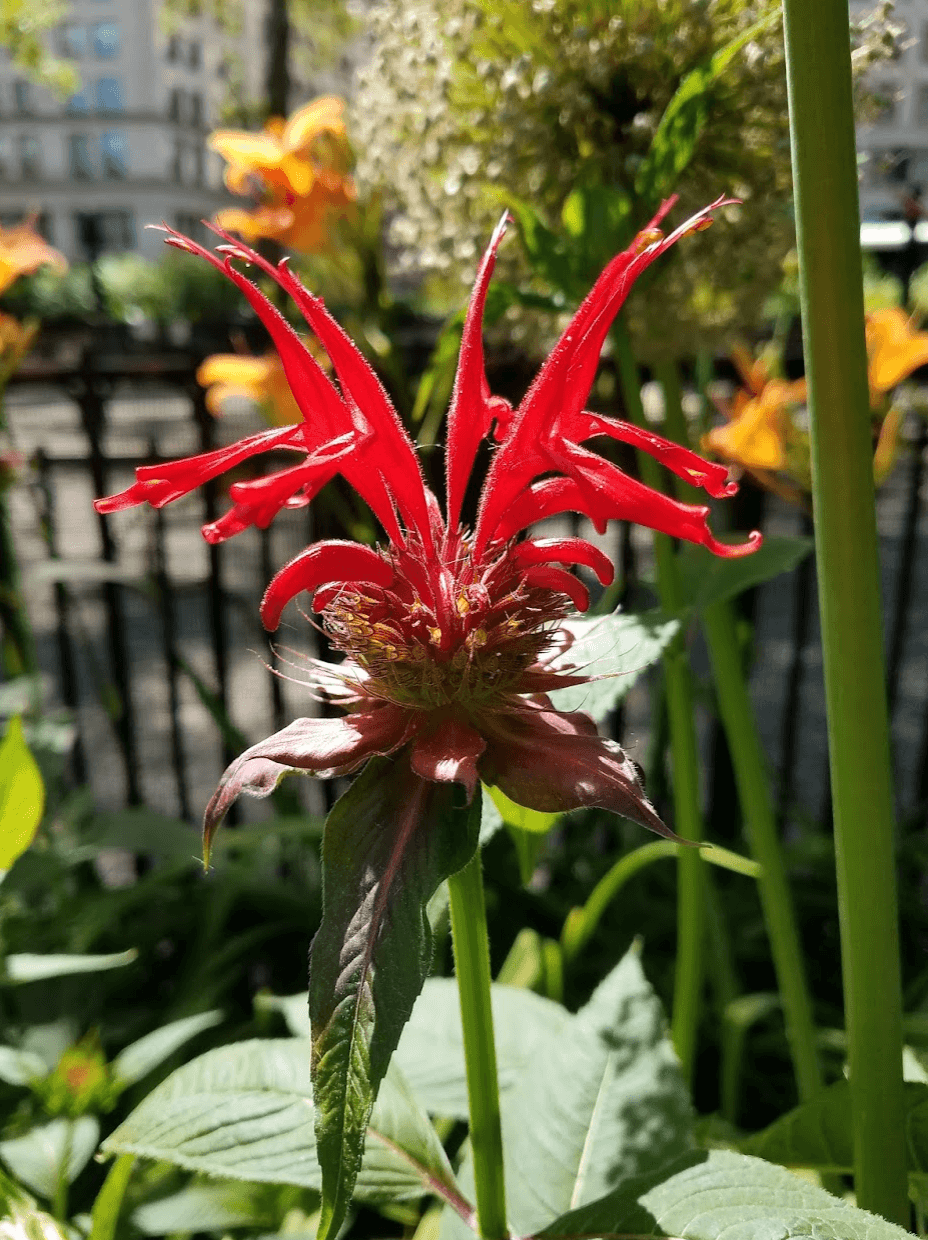This site uses cookies – Learn more.
Why Native Plants Matter
Why Native Plants Matter
Native plants have gained the reputation for looking messy or weedy and ornamental plants are known for their aesthetic appeal. However, what some people don’t know is that many natives are in fact varieties of tried and true ornamental garden classics. When choosing what to plant in your garden, consider natives because they provide shelter and food for wildlife. Non-native ornamentals, on the other hand, are of little use to most wildlife and create ecological wastelands.
At Madison Square Park, we are increasing our native plantings to benefit park wildlife. When choosing what to add to your garden, consider adding some of our favorite native plants to your next planting and join us in this effort of restoration. Here are some to choose from:
Blueberries (Vaccinium spp.)
Blueberry bushes produce the delicious fruit we know and love and thrive in their native north eastern states. White bell shaped flowers grace their branches each spring leading to abundant fruit mid summer. Best of all blueberry bushes have some of the best fall color of any shrubs, with leaves changing to scarlet as the temperatures drop. Blueberries also support many unique and rare species of native bees including the Blueberry Cellophane Bee (Colletes validus), Blueberry Digger (Habropoda laboriosa), and the Small Black-bellied Mason Bee (Osmia atriventris).
Hydrangea (Hydrangea arborescens, Hydrangea quercifolia)
There are two varieties of native hydrangea, the smooth hydrangea and the oakleaf hydrangea. Each summer, these shrubs are loaded with white flowers that are attractive to people and bugs alike. Some species of bees use old hydrangea stems to lay eggs late in the summer providing valuable habitat. The old flowers of hydrangea persist on the shrub through winter providing winter interest.
Bee Balm (Monarda spp.)
Bee balms are only found in the new world and are members of the mint family. These beautiful summer perennials are magnets for hummingbirds, butterflies and bees. Good air circulation is important for siting new plantings, but with over 50 commercial cultivars and 23 species native to the United States, this perennial should be planted in any sunny garden.








